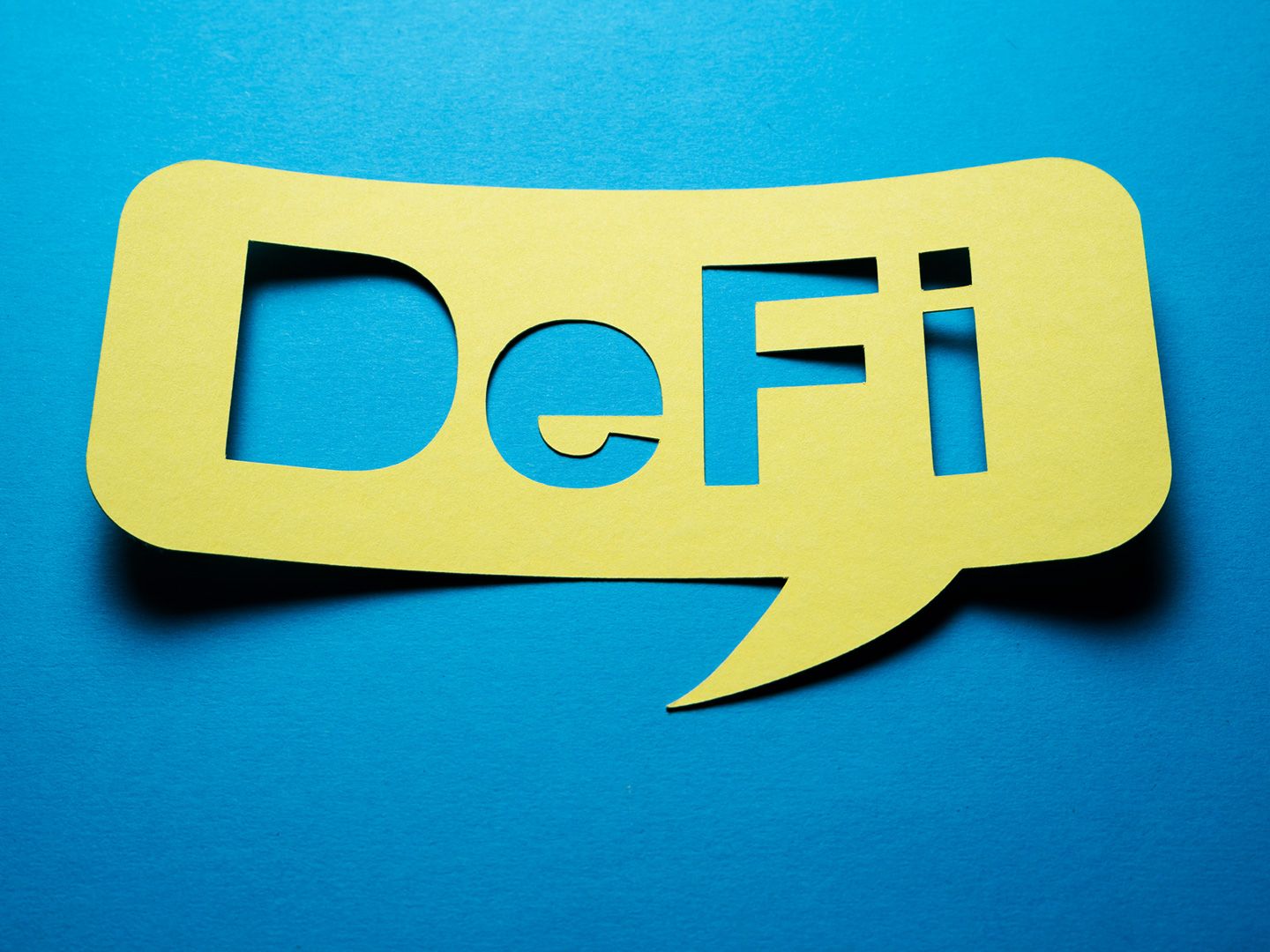Key Takeaways
- DeFi’s focus in 2025–26 is shifting from hype to infrastructure. The strongest projects emphasize scalability, security, and real-world utility.
- Lending, stablecoins, staking, and DEXs remain core pillars—but innovation now centers on governance, regulation-readiness, and multi-chain reach.
- Tokenised real-world assets and liquid staking are emerging as the top growth categories, linking DeFi to institutional and mainstream finance.
Introduction: DeFi’s Next Evolution
Decentralised finance (DeFi) is no longer the experimental playground it was a few years ago. As we move through 2025 and into 2026, the ecosystem is maturing—focused less on speculative yields and more on infrastructure, interoperability, and real-world integration.
The top DeFi projects of 2025 aren’t chasing hype; they’re building systems that could underpin the next decade of finance. They are bridging blockchains, tokenising traditional assets, and aligning with regulatory standards that invite institutional participation.
In short, DeFi is evolving from disruptive potential to practical adoption.
The New Core of DeFi: Infrastructure, Real-World Assets, and Cross-Chain Integration
For most of DeFi’s history, growth was fueled by yield farming and token speculation. But in 2025, a deeper transformation is taking place. The next generation of projects focuses on real-world value, multi-chain infrastructure, and efficient asset movement across blockchains.
Platforms like Aave, MakerDAO, Uniswap, and Lido are expanding their capabilities to serve not just crypto traders but traditional institutions and enterprises. As a result, DeFi is becoming a genuine bridge between on-chain and off-chain economies—an essential part of the broader financial system.
Lending and Borrowing Reinvented
Aave: From Flash Loans to Institutional Lending
Aave began as a pioneering lending protocol offering flash loans, but by 2025, it has grown into a multi-chain DeFi bank of sorts. It operates across Ethereum, Polygon, Avalanche, and Base, managing tens of billions in total value locked (TVL).
What sets Aave apart is its regulatory-aware approach and modular architecture, allowing institutions to interact with DeFi through controlled environments. This shift makes Aave one of the strongest indicators of where DeFi lending is heading: into mainstream financial use.
MakerDAO and DAI: DeFi Meets Real-World Assets
MakerDAO, the protocol behind the DAI stablecoin, is redefining its role. In 2025, it began expanding into real-world asset (RWA) collateralization, backing its stablecoin with tokenised bonds, real estate, and treasury assets.
This evolution blurs the line between DeFi and traditional finance. DAI’s stability now depends as much on off-chain assets as on crypto, marking a turning point for decentralised monetary systems.
Exchanges and Liquidity: Efficiency Over Speculation
Uniswap: The Benchmark of Decentralised Trading
Uniswap remains the benchmark for decentralised exchanges (DEXs). Its 2025 upgrade, Uniswap v4, introduced hooks and customizable liquidity pools, dramatically reducing gas fees and enabling tailored market structures.
This upgrade reflects a broader shift in DeFi—toward sustainable liquidity and user-driven customisation rather than speculative farming.
Curve Finance: Optimising Stablecoin Swaps
Curve Finance continues to dominate stablecoin liquidity. Its algorithmic market maker (AMM) design allows ultra-low slippage, making it the backbone of stablecoin trading.
In 2025-26, Curve’s focus on yield efficiency and composability keeps it essential for protocols relying on stablecoin liquidity.
Liquid Staking and Layer-2 Expansion
Lido Finance: Unlocking Staking Liquidity
Lido remains a dominant force in the world of liquid staking derivatives. By allowing users to stake ETH and receive stETH (a liquid representation of their stake), Lido gives investors both yield and flexibility.
As Ethereum and other proof-of-stake chains grow, liquid staking has become DeFi’s most reliable yield engine—a sector where Lido leads comfortably.
Emerging Trends: Tokenisation and Interoperability
The biggest DeFi theme in 2025-26 is tokenisation—bringing real-world assets on-chain. Protocols are racing to tokenise treasury bills, real estate, and even carbon credits. This push is complemented by the rise of cross-chain liquidity solutions, which allow these assets to move across networks seamlessly.
These advances signal DeFi’s shift from an isolated crypto economy to a foundational financial infrastructure accessible by institutions, developers, and consumers alike.
What It Means for DeFi Participants
For anyone engaging with DeFi in 2025-26, the takeaway is straightforward:
- Utility and governance matter more than hype. Sustainable projects prioritise transparency and auditability.
- Cross-chain and real-world integration are critical. Projects that remain siloed risk obsolescence.
- Long-term participation pays off. Governance tokens, staking positions, and yield strategies tied to real-world value have staying power.
DeFi’s next phase rewards knowledge and patience, not just speculation.
Conclusion: DeFi’s Maturity Moment
The decentralised finance movement has come full circle—from experimental innovation to infrastructure underpinning global financial connectivity. The top DeFi projects of 2025-26—like Aave, MakerDAO, Uniswap, Curve, and Lido—are no longer just crypto success stories; they’re shaping how finance itself evolves.
The winners of this era will be those who bridge the digital and traditional worlds while maintaining transparency, decentralisation, and user empowerment. For investors, developers, and policymakers alike, DeFi’s most transformative years are unfolding right now.




